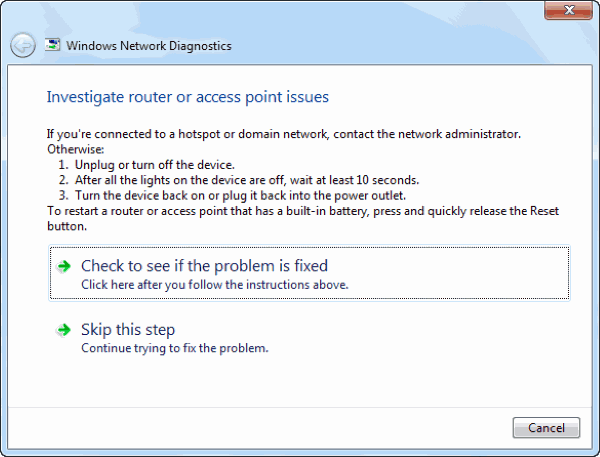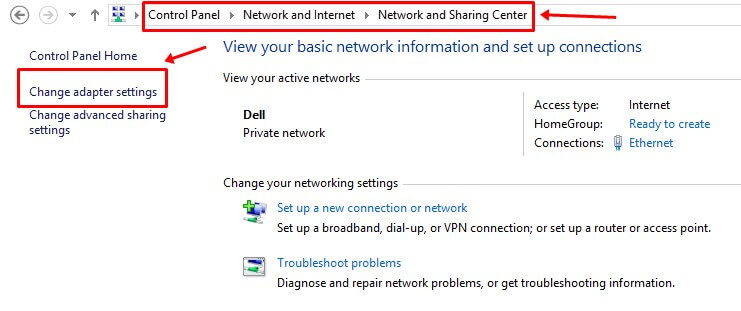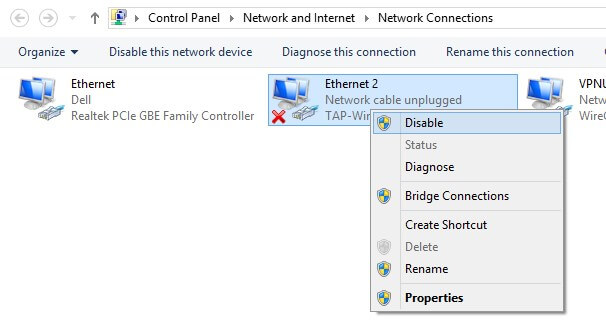Not being able to access your internet can be so exasperating at times. Want to know what causes such annoying situations? Unfortunately, the most common problem is the “DNS Server isn’t responding in Windows 10”. When your DNS stops working, it leaves your browser completely blank, not knowing where to go.
There are multiple reasons for DNS not responding because of wrong DNS configuration, drivers need to be updated, or the default DNS server of your ISP is temporarily down. However, problems come with solutions only if you know where to find them. So, not just one, but we have some of the best solutions to Fix “DNS Server Isn’t Responding” in Windows 10/11.
Also Read- How to Find Out What DNS Server You Are Using?
List of Best Ways to Fix DNS Server Isn’t Responding in Windows 10/11
Here we list multiple ways that most people use to fix DNS not responding error in Windows 10/11. You just need to follow these methods one by one.
1. Restart Your Device
Each time you see a problem with the PC, the first thing you ought to do is RESTART your Windows. Generally, restarting the device fixes a lot of issues automatically.
After restarting, try again to see if the DNS server isn’t responding error is fixed. If it still exists, move on further to the next step.
2. Use Another Browser
Sometimes there’s also a problem with the browser; no matter what browser is being used by you, it may act funny and restrict you from accessing the internet.
Just to be assured, go to another browser and see if the internet can be accessed or not. But remember to do this after restarting your system. If the other browser is working fine, it’s just that the browser has a DNS issue.
3. Check if the Internet is Working on Other Devices
Before you go for anything, connect your mobile phone or any other device to the same network. If you can access your internet from those devices, then the problem might be with your PC itself.
But if you cannot access the internet from other devices, the problem is with the DNS server or your ISP. Regarding the situation, skip most of the fixes below and follow the fixed number.
4. Restart The Router
The Routers, from time to time, for many reasons, act awkwardly and prevent you from accessing the internet even if your ISP is ok. It is noticed several times as this happens. The best thing is to restart the router; it will surely fix this issue.
What you have to do is then log in to the router admin page and reboot it. If the Hardware button is there to reboot, you can use it too.
5. Run Windows Internet Diagnostic Tool
Windows also has all sorts of easy-to-use diagnostic tools that find and fix all kinds of issues. The tool scans your system and fixes the problems that can be found during the scan.
To run diagnostic, open the settings and go to Update and security and then troubleshoot. Then to the right, click the internet connections button and then click on the run troubleshooter button.
6. Change DNS Server
When you sign up with your ISP, they generally shape your network settings to their DNS servers. Unfortunately, these results mainly to be uninspiring and vulnerable as compared to other public DNS services.
Therefore, it is recommended to manually switch to any public DNS server if you are facing issues related to your DNS service. However, if you find it difficult, you can as well use the DNS jumper Software. This software allows you to change the DNS server in a much easier way.
7. Disable other Network Adapters
Having multiple other network adapters might cause clashes with the primary adapter. So, if your DNS server isn’t responding correctly, disabling the other adapters could be a wiser option. Just follow the steps below to do so:
- First, openControl Panel > “Network and Internet.”
- Click on “Networking and Sharing Center”
- Select “Change Adapter Settings”
- Select all adapters (not the main adapter) and click on the “Disable” option.
8. Contact your ISP
Oops! Finally, the most expected one to come. If the issue with your DNS response persists even after trying all the above methods. Well, there might be are some misconfigurations from your ISP. So, the final remaining option is to contact your ISP and ask to fix all your problems.
From Editor’s Desk
Hopefully, by now, you have read all methods to fix your problem. Next, try out these tricks to solve the “DNS server isn’t responding” problem. We hope one of the first seven must work in your case, and if not, just contact your ISP and let them provide help.






